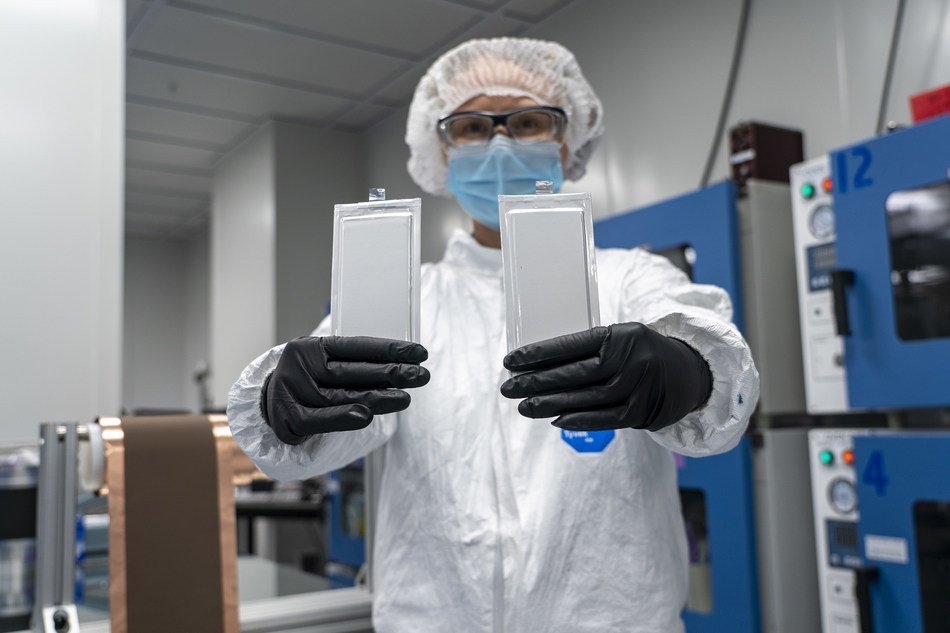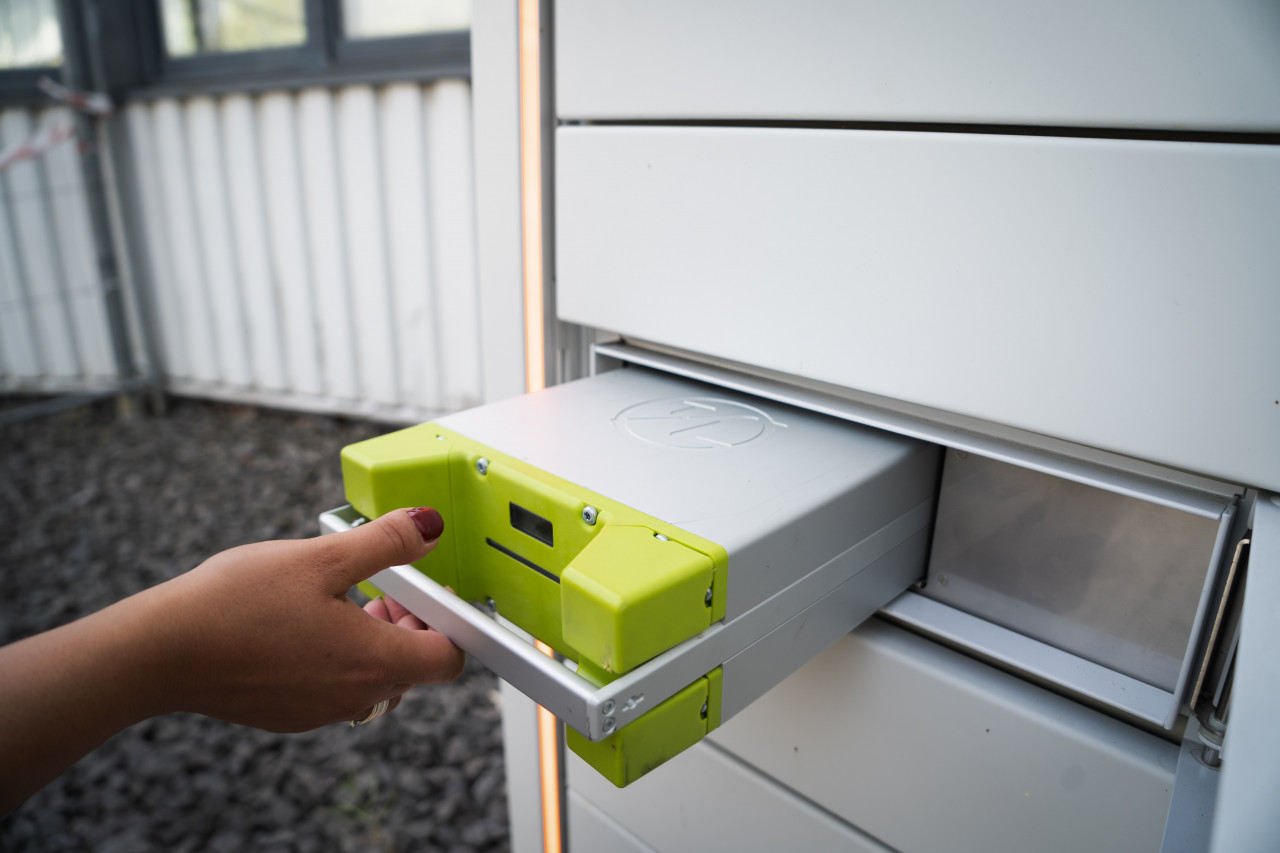Solid Power unveils all-solid-state platform technology and three unique battery designs
Solid Power has announced that it has unveiled details on its All-Solid-State Platform technology and the three unique battery designs it enables. Solid Power has also announced the successful transition of its high-content silicon all-solid-state battery to the company's Colorado-based production line.
Solid Power's proprietary sulfide solid electrolyte powers the flexible All-Solid-State Platform that can enable both high-content silicon and lithium metal in the anode paired with industry-standard and commercially mature cathodes, including lithium nickel manganese cobalt oxides (NMC). The platform can also use low-cost and high specific energy conversion type cathodes that are not suitable in lithium-ion or other liquid-based cell architectures. Combined with a lithium metal anode, the conversion-type cathodes could remove cobalt and nickel from the cathode entirely and could decrease cathode active materials costs by 90 percent.
Solid Power has been developing a high-content silicon anode cell product since 2017 and has produced all-solid-state cells up to 2-ampere hours (Ah) using industry-standard lithium-ion equipment and processes. The company intends to begin production of a 20 Ah high-content silicon anode cell by the end of 2021, with 100 Ah expected to follow in 2022.
"Solid Power's core technology innovation can enable all-solid-state battery products expected to meet performance requirements from multiple automotive manufacturers, including Solid Power's partners – Ford and the BMW Group," said Doug Campbell, CEO, and co-founder of Solid Power. "Solid Power's all-solid-state platform technology allows us to produce unique batteries for the unique electric vehicles they intend to power. The company's roadmap now includes three battery cell designs that could power multiple electric vehicle product life cycles."
Solid Power's multi-product portfolio is specifically geared to satisfy automotive OEM objectives of early and sustained success. Solid Power intends to commercialize its high-content silicon anode product by 2026 due to its strengths in high charge rates, low-temperature operations, and the material's supply chain maturity. Solid Power's lithium metal NMC product will follow.
"Silicon has been an area of development for Solid Power for several years and is expected to be the first anode variant to be integrated into electric vehicles," said Josh Buettner-Garrett, Chief Technology Officer at Solid Power. "Rather than using carbon in the anode with silicon as an additive, Solid Power can use compositions with more than half silicon by weight including the weight of the solid electrolyte. This enables volumetric energy densities on par with lithium metal along with specific energy that far exceeds that of conventional lithium-ion."
Solid Power's high-content silicon anode cell has major advantages for electric vehicle fast-charging, which is a critical factor in consumers' transition to electric vehicles. The removal of all flammable liquids and gels in Solid Power's all-solid-state cell architecture also addresses many of the traditional challenges of silicon-rich anodes, providing good cycling stability and long calendar life without the need for expensive nanostructures.
Solid Power's truly all-solid cell designs are expected to be safer, achieve higher energy densities, and cost less than today's best-performing lithium-ion battery cells.






















